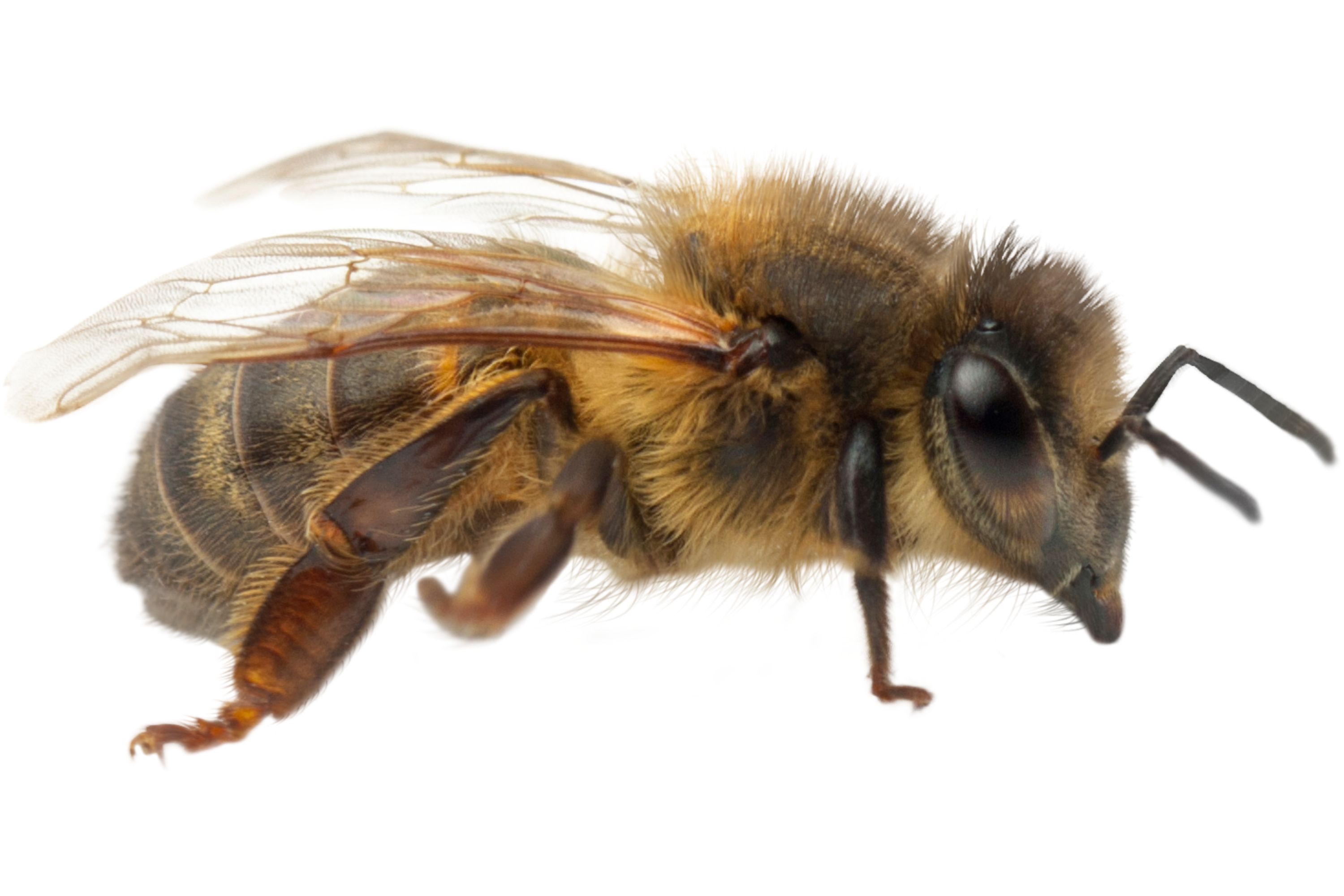Anthophora crinipes
(Anthophora crinipes)

Description
Anthophora crinipes is a bee inthe family Apidae. Females can be confused with Anthophora quadrimaculata and Anthophora crassipes, males look similar to Anthophora plumipes. The bees have a body length of 12 to 13 millimeters. The females have brown-grey hair, on the crown, the back of the thorax and the discs of the tergites the hair is mixed with black hair. The first four tergites have light hair bands at the rear edge, the tergite edges are whitish translucent. The rail brush (Scopa) is whitish. The males have yellow markings on their faces. The hair is the same as the female. The seventh tergite has two teeth at the end. the tarsithe middle legs have black hair fringes on the front edge of the heel joint (metatarsus) and on both sides of the claw joint on all joints very long, light hair. The heel of the hind legs is widened towards the tip and at least two and a half times as long as it is wide at the tip. The species is distributed in southern Europe, occasionally also in central Europe and the Aosta Valley. It flies from late March to early July, with two generations occurring in the south. The females build their nests in the ground. Pollen is collected from various plant families, particularly mint family (Lamiaceae), borage family (Boraginaceae) and daisy family (Asteraceae). Cuckoo bee of the species is Melecta luctuosa. The bee genus Anthophora is one of the largest in the family Apidae, with over 450 species worldwide in 14 different subgenera. They are most abundant and diverse in the Holarctic and African biogeographic regions. All species are solitary, though many nest in large aggregations. Nearly all species make nests in the soil, either in banks or in flat ground; the larvae develop in cells with waterproof linings and do not spin cocoons. Males commonly have pale white or yellow facial markings, and/or peculiarly modified leg armature and hairs. Anthophora individuals can be distinguished from the very similar genus Amegilla by the possession of an arolium between the tarsal claws.
Taxonomic tree:







